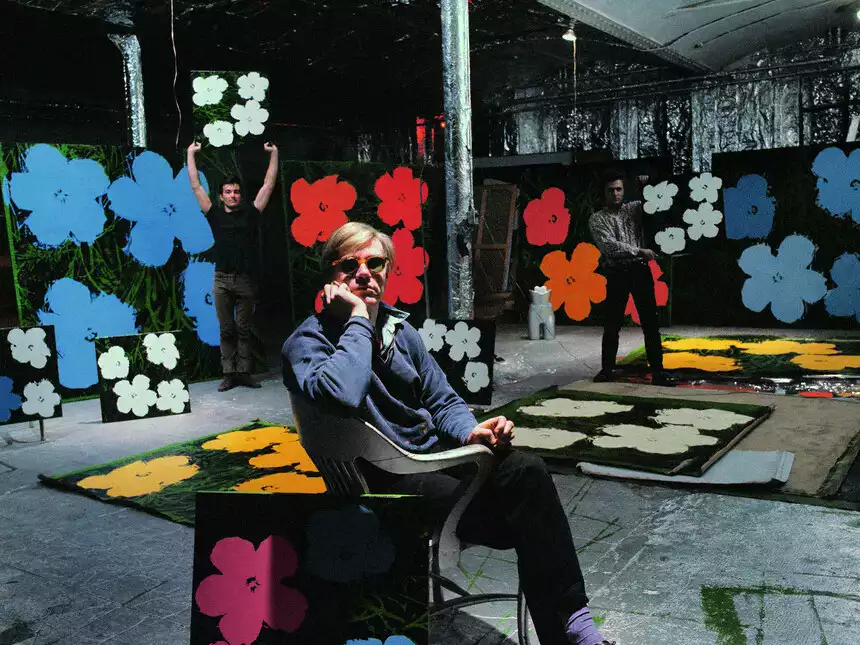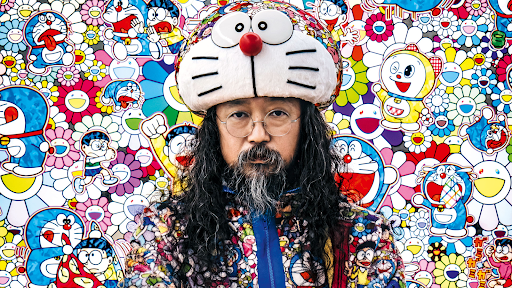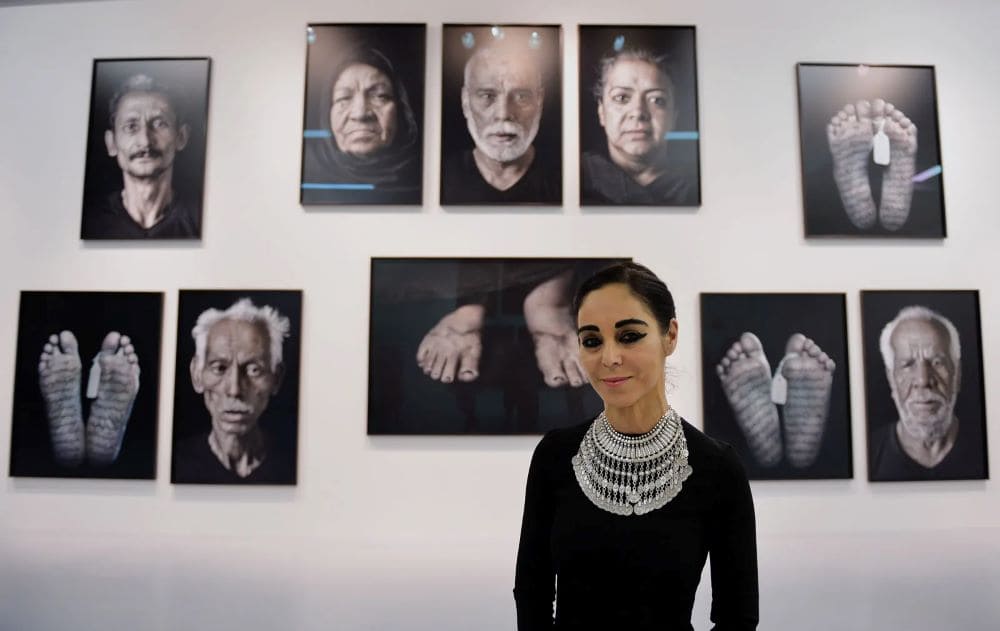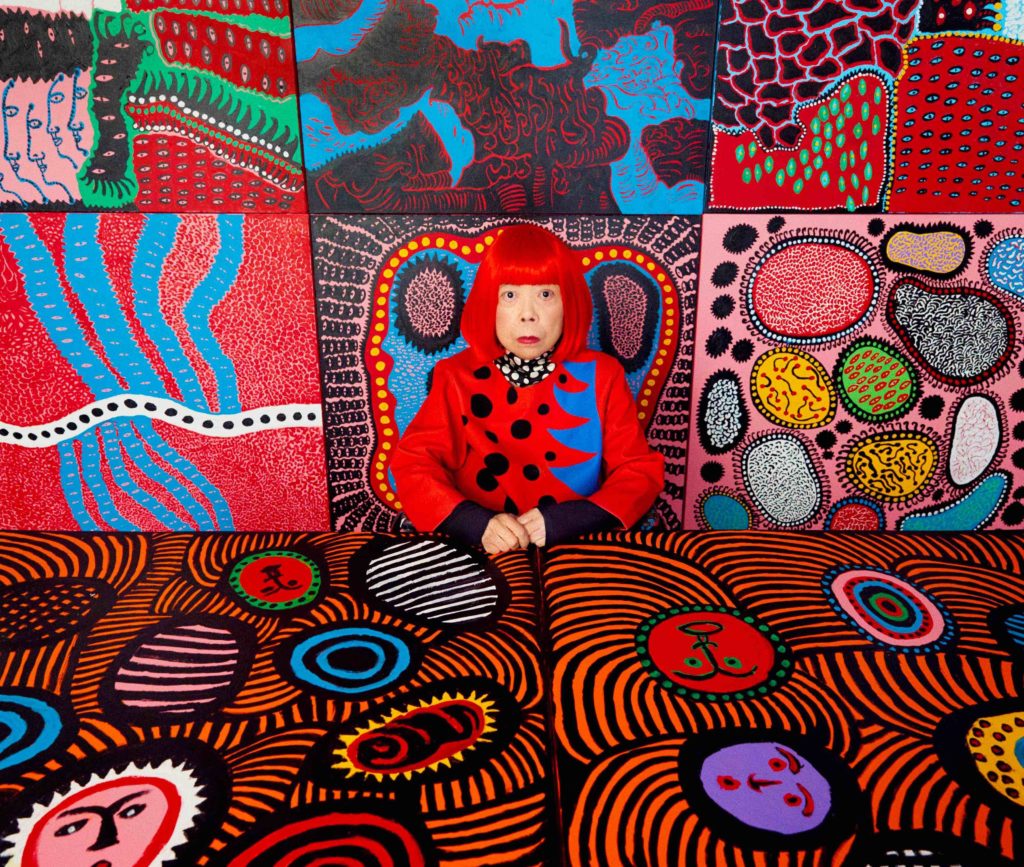
The United States has produced many influential and popular artists who have shaped the course of modern and contemporary art. Here are some of the most popular American artists, known for their impact on the global art world:
1. Andy Warhol
- Style: Pop Art
- Notable for: Screenprints, paintings, and sculptures of everyday consumer items and celebrities (e.g., Campbell’s Soup Cans, Marilyn Monroe)
- Themes: Consumerism, fame, mass production, celebrity culture
- Impact: Warhol is one of the most iconic figures in modern art, known for elevating commercial imagery and pop culture into fine art. His work challenged the boundaries between art and mass production, influencing generations of artists in various fields, including music, film, and fashion.
2. Jackson Pollock
- Style: Abstract Expressionism
- Notable for: Drip paintings and action painting
- Themes: Spontaneity, energy, subconscious
- Impact: Pollock revolutionized the art world with his innovative drip technique, where he would pour and splatter paint onto canvases laid on the ground. His method of action painting became a symbol of postwar American art and helped establish the U.S. as a leading force in modern art.
3. Jean-Michel Basquiat
- Style: Neo-Expressionism, Graffiti art
- Notable for: Bold, raw paintings combining text and imagery with themes of race, identity, and social injustice
- Themes: Race, identity, power, history, the human condition
- Impact: Basquiat’s rise from street artist to fine art icon is legendary. His work addresses complex themes of race and social justice while drawing on diverse influences, from African American history to pop culture. He remains one of the most celebrated and influential American artists.
4. Georgia O’Keeffe
- Style: Modernism
- Notable for: Abstract paintings of flowers, desert landscapes, and bones
- Themes: Nature, abstraction, femininity, American Southwest
- Impact: O’Keeffe is often referred to as the “Mother of American Modernism.” Her unique style, blending abstraction with natural forms, particularly her large-scale flower paintings, has made her one of the most recognizable figures in American art.
5. Mark Rothko
- Style: Abstract Expressionism, Color Field painting
- Notable for: Large, color-saturated rectangles of paint on canvases
- Themes: Emotion, spirituality, human experience
- Impact: Rothko’s paintings, characterized by large fields of color, evoke powerful emotional and spiritual experiences. His work contributed to the Color Field movement within Abstract Expressionism, and his influence can be seen in minimalist and abstract art globally.
6. Edward Hopper
- Style: Realism
- Notable for: Depictions of American urban and rural life, especially Nighthawks (1942)
- Themes: Loneliness, isolation, everyday scenes, modern life
- Impact: Hopper’s paintings capture the quiet, often melancholic side of modern American life. His realist works, particularly Nighthawks, have become cultural touchstones, influencing not only art but also cinema and photography.
7. Roy Lichtenstein
- Style: Pop Art
- Notable for: Comic-strip-style paintings, use of Ben-Day dots, bold primary colors
- Themes: Mass media, commercialism, pop culture, irony
- Impact: Lichtenstein’s work parodied and paid homage to comic strips and advertisements, elevating mass-produced imagery to the level of fine art. His bold, graphic style has made him one of the most recognizable figures in Pop Art.
8. Keith Haring
- Style: Graffiti art, Pop Art
- Notable for: Bright, cartoonish figures, often with political and social messages
- Themes: AIDS awareness, LGBTQ+ rights, activism, public art
- Impact: Haring gained fame for his distinctive graffiti art, which tackled social issues like AIDS, racism, and gay rights. His public art and activism made him a beloved figure, and his bold, energetic style continues to resonate in street art and popular culture.
9. Jasper Johns
- Style: Abstract Expressionism, Neo-Dada, Pop Art
- Notable for: Iconic paintings of American flags, numbers, and maps
- Themes: Symbols, abstraction, perception
- Impact: Johns played a key role in the transition from Abstract Expressionism to Pop Art and Minimalism. His use of familiar symbols like flags and targets challenged traditional ideas about abstraction and representation in art, influencing artists like Robert Rauschenberg and Andy Warhol.
10. Cindy Sherman
- Style: Photography, performance art
- Notable for: Staged self-portraits where she assumes various identities
- Themes: Identity, gender, media, stereotypes
- Impact: Sherman’s work explores issues of identity, representation, and the role of women in society. Through her staged photographs, she deconstructs media and societal stereotypes, making her one of the most important feminist artists of the contemporary era.
11. Robert Rauschenberg
- Style: Neo-Dada, Assemblage, Conceptual art
- Notable for: “Combines” – works that combine painting and sculpture using found objects
- Themes: Everyday life, art and culture, abstraction
- Impact: Rauschenberg’s Combines blurred the boundaries between painting, sculpture, and everyday objects. His work paved the way for later movements like Pop Art and Conceptual Art by challenging the idea of what could be considered “art.”
12. Norman Rockwell
- Style: American Realism, Illustration
- Notable for: Depictions of American life in The Saturday Evening Post covers
- Themes: Americana, everyday life, social commentary
- Impact: Rockwell is one of the most beloved American artists, known for his warm, nostalgic depictions of American life. While his work was often dismissed by critics as illustration, it has gained greater appreciation for its emotional depth and social commentary.
13. Alexander Calder
- Style: Kinetic sculpture, Abstract art
- Notable for: Inventing the mobile, large-scale abstract sculptures
- Themes: Movement, abstraction, playfulness
- Impact: Calder is best known for his mobiles—kinetic sculptures that move with air currents—transforming sculpture into an art of movement. His playful and innovative approach has made him a major figure in 20th-century sculpture.
14. Louise Bourgeois
- Style: Sculpture, installation, Abstract Expressionism
- Notable for: Large-scale sculptures, especially her famous spider sculptures (e.g., Maman)
- Themes: Memory, trauma, femininity, family
- Impact: Bourgeois’s deeply personal works explore themes of memory, femininity, and psychological trauma. Her towering spider sculptures and biomorphic forms are iconic, and she remains a significant influence on contemporary sculpture and feminist art.
15. Kara Walker
- Style: Installation art, drawing, silhouettes
- Notable for: Large-scale black paper silhouettes depicting scenes of slavery and racial violence
- Themes: Race, gender, history, power
- Impact: Walker’s provocative and haunting silhouettes address the complexities of race and history in America. Her works confront uncomfortable truths about slavery, racism, and power dynamics, making her one of the most critically acclaimed contemporary artists.
Honorable Mentions:
- David Hockney – Known for his vibrant portraits and landscapes, Hockney is one of the most influential figures in contemporary painting.
- Barbara Kruger – Famed for her text-based conceptual works that critique consumerism and gender stereotypes.
- Jeff Koons – A leading figure in contemporary art, Koons is known for his shiny, large-scale sculptures that often reference kitsch and consumer culture.
These artists have had a profound impact on American and global art, influencing movements such as Pop Art, Abstract Expressionism, and Contemporary Conceptual Art. Their works continue to resonate and shape the cultural landscape.






